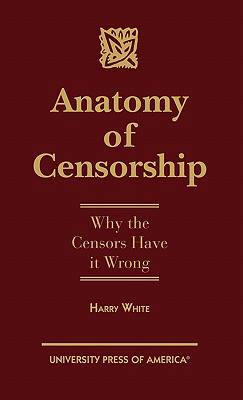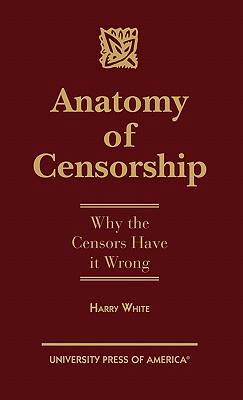
- Afhalen na 1 uur in een winkel met voorraad
- Gratis thuislevering in België vanaf € 30
- Ruim aanbod met 7 miljoen producten
- Afhalen na 1 uur in een winkel met voorraad
- Gratis thuislevering in België vanaf € 30
- Ruim aanbod met 7 miljoen producten
Zoeken
€ 88,45
+ 176 punten
Omschrijving
Bringing together diverse disciplines such as literary and legal history, modern psychology and contemporary feminism, Anatomy of Censorship sorts out the many confusing explanations and often misleading justifications for censorship to reveal the underlying conditions and motivations that lead to the suppression of various forms of communication. It explains why censors are notoriously incapable of identifying what defines obscene, immoral or illicit expression and how they actually profit from this failure on their part. It shows how censors ultimately aim not to define expression, but people: how they use censorship to stigmatize classes of people as more prone to corruption and depravity, and how they thereby seek to protect the authority of the few rather than, as they falsely claim, the morality of the many. Above all, it offers a timely critique of the most seductive and bogus justification for censorship: that expression has the capacity to cause actual harm. It shows how the law and the censor conspire to foster this unsupported fabrication in the face of overwhelming evidence that no causal link between expression and harm has ever been discovered.
Specificaties
Betrokkenen
- Auteur(s):
- Uitgeverij:
Inhoud
- Aantal bladzijden:
- 140
- Taal:
- Engels
Eigenschappen
- Productcode (EAN):
- 9780761807018
- Verschijningsdatum:
- 24/06/1997
- Uitvoering:
- Hardcover
- Formaat:
- Genaaid
- Afmetingen:
- 141 mm x 226 mm
- Gewicht:
- 326 g

Alleen bij Standaard Boekhandel
+ 176 punten op je klantenkaart van Standaard Boekhandel
Beoordelingen
We publiceren alleen reviews die voldoen aan de voorwaarden voor reviews. Bekijk onze voorwaarden voor reviews.











